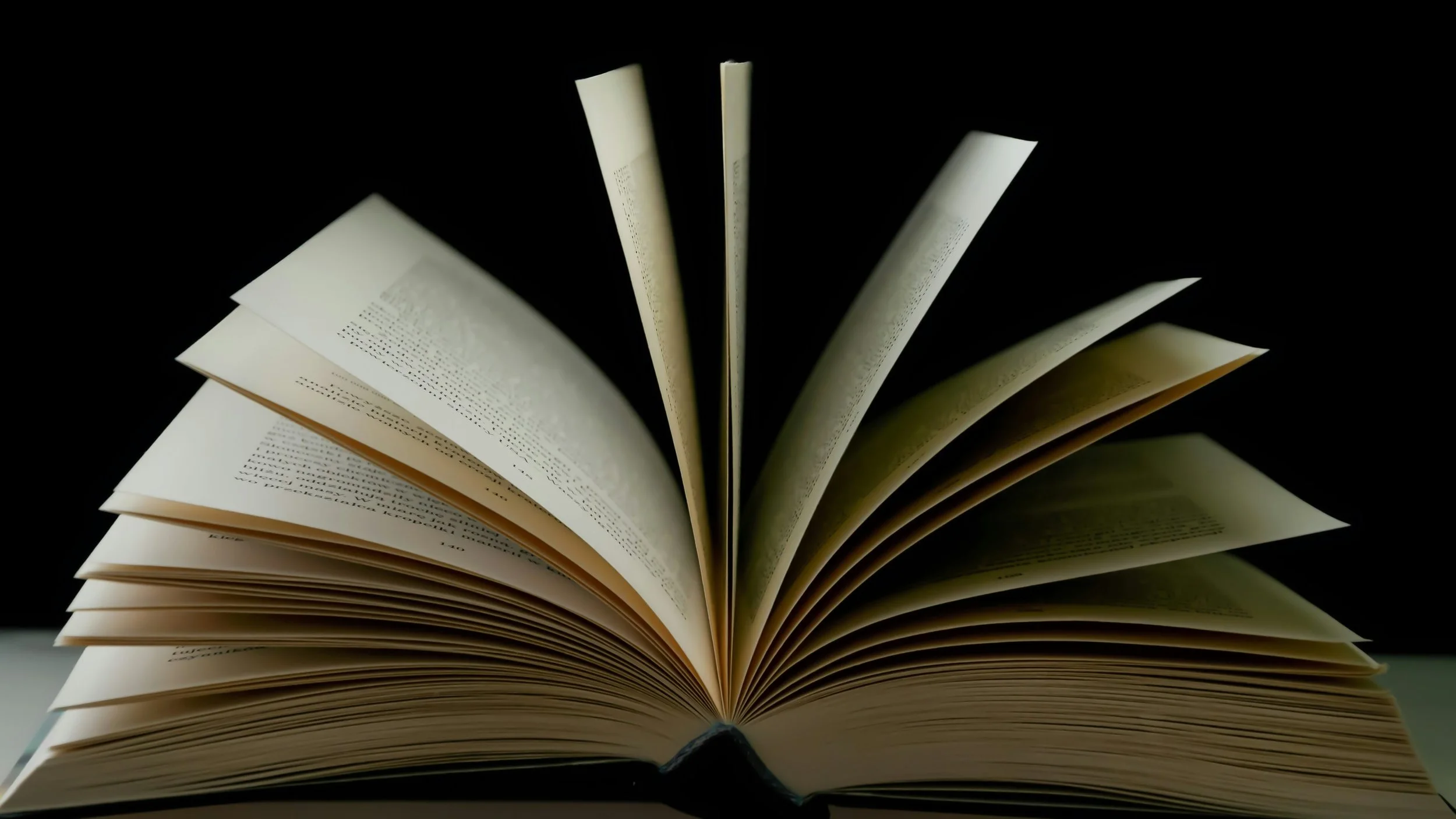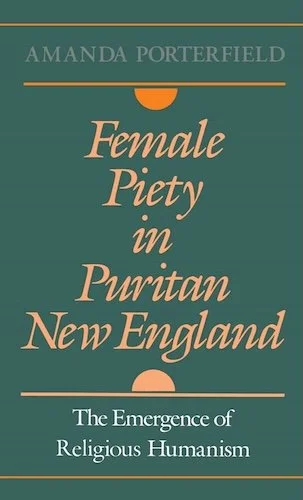
back pages
The Present in Retrospect
After hours at a recent research workshop, conversation with friends and colleagues turned to a passionate discussion of how we would approach the topics of our first books today. What holds up? What would we like to change? What are the stakes now as opposed to then? These questions aroused a variety of responses, approaches, and rationales that lasted until—and beyond—last call. We remain ourselves, yet we are different people than we were a decade, or two (or even more) ago.
Times have changed, both in the professional contexts of the academy and in the political realities to and about which we write. What holds up? What doesn’t? To what remedies could we turn? What are the stakes now as opposed to then? What former stakes do we fail to appreciate in the present tense?
Back Pages: The Present in Retrospect extends these questions to the broader field, presenting a series of essays from major scholars of American religion addressing their present relationship to a key publication from early in their career. These essays ask the following: Is the initial question still valid? Do the methods and archives hold? Would new perspectives and understandings afforded by life experiences, broader reading, new discoveries, or revised postures afford better insights to these back pages? Or perhaps the older work exemplifies qualities that the field would benefit from remembering or to which it should return.
We don’t presume, per se, that different is better or worse. Rather, these differences are worthy of examination both for what they reflect about our subjects and for how they invite reflection on what it means to understand scholarship as a human enterprise—the work of people who speak conscientiously to given moments amid dynamic circumstances that do not hold still.
From The Word in the World to More Words in a More Connected and Contested World
Candy Gunther Brown on Word in the World (2004)
Documenting the Emergence of a White Male Protestant Establishment
Thomas Tweed on American religious historiography
Religion, Emotion, and What Else?
John Corrigan on The Hidden Balance: Religion and the Social Theories of Charles Chauncy and Jonathan Mayhew (1987)
Religion and the American Revolution, Then and Now
Mark A. Noll on Christians in the American Revolution (1977)
Revisiting my essay, “(The Problem with) Embraces” (1997)
Laura Levitt on “(The Problem with) Embraces” (1997)
Second Thoughts on Edward W. Said
William David Hart on Edward Said and the Religious Effects of Culture (2000)
Fundamentalism and American Culture, Almost a Half Century Later
George Marsden on Fundamentalism and American Culture (1980)



















